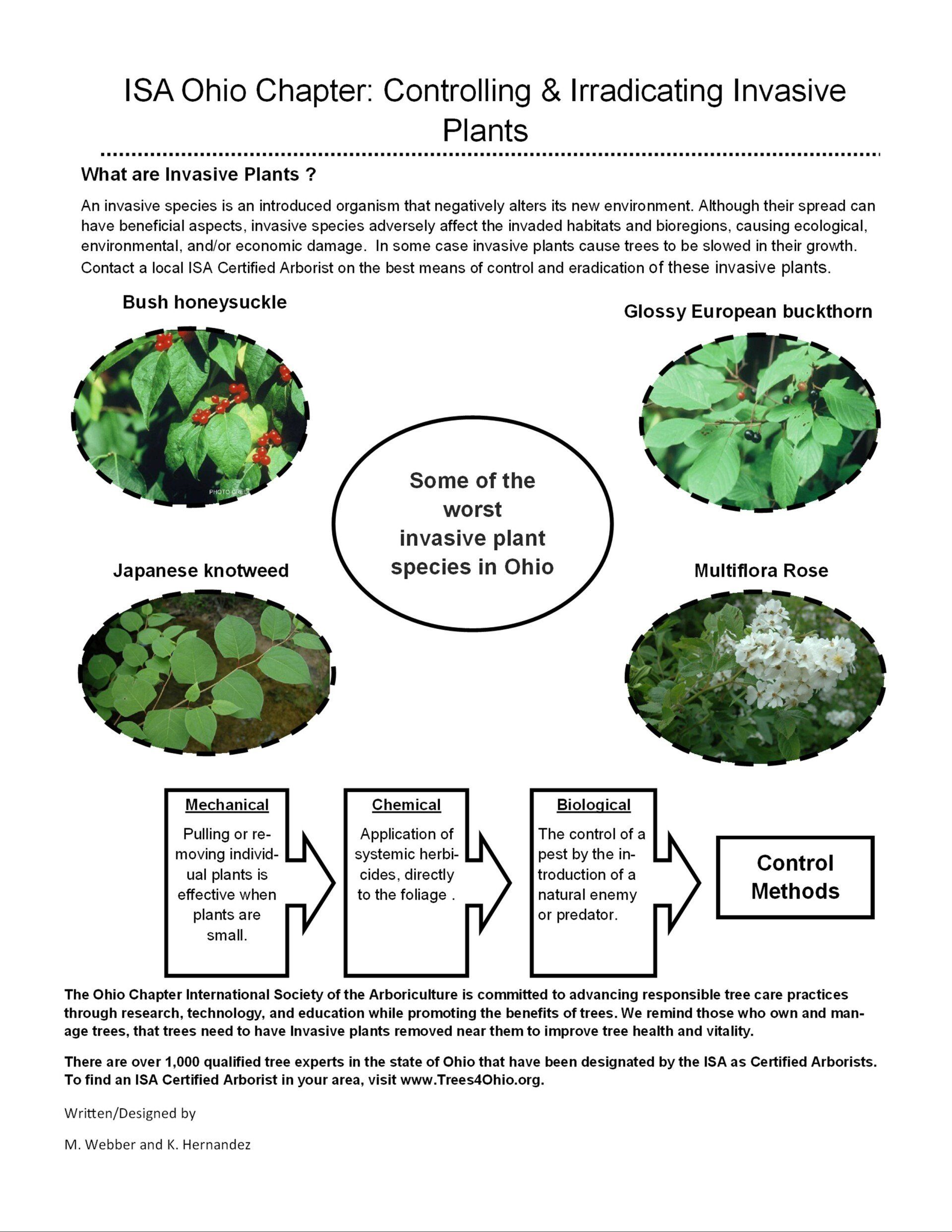Smooth Patch Disease
Smooth Patch is a disease of a tree's bark and is extremely common and non-lethal . There is no need to treat this issue. This condition is the result of a fungal infection that is restricted to the outer bark, causing it to slough off. The bark layer remaining is smoother and lighter in color than uninfected, normal bark. Patches can vary from a few inches to a foot or more in diameter. Several fungi can cause this condition.Smooth patch fungi invade only the nonliving, outer bark tissues, they do not affect the health of the tree .Smooth patch is caused by a variety of fungi in the genera, Aleurodiscus, Dendrothele and Hyphoderma . Aleurodiscus oaksii on white oak appears to be one of the most common forms of smooth patch in the midwest. American elm, American hornbeam, hop hornbeam, sugar maple, burr oak, other oaks, willow and birch may also be affected.












